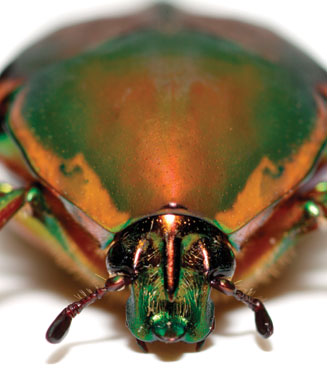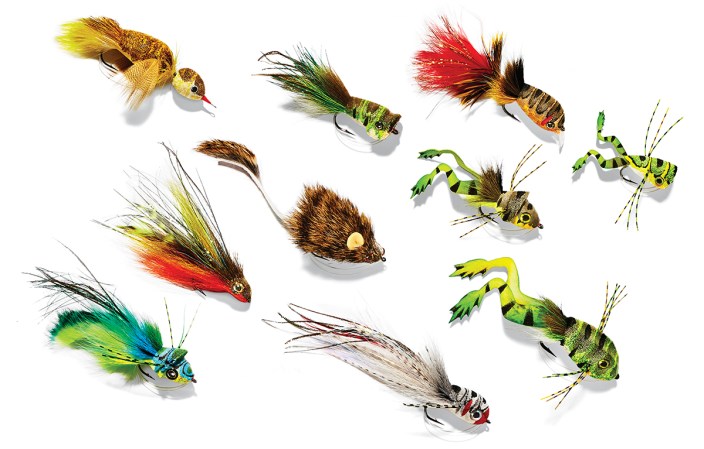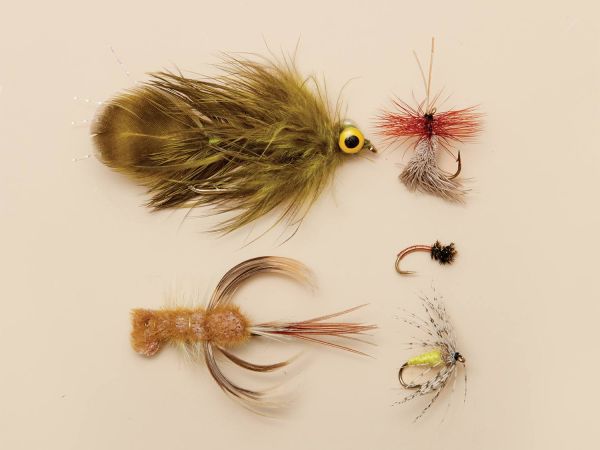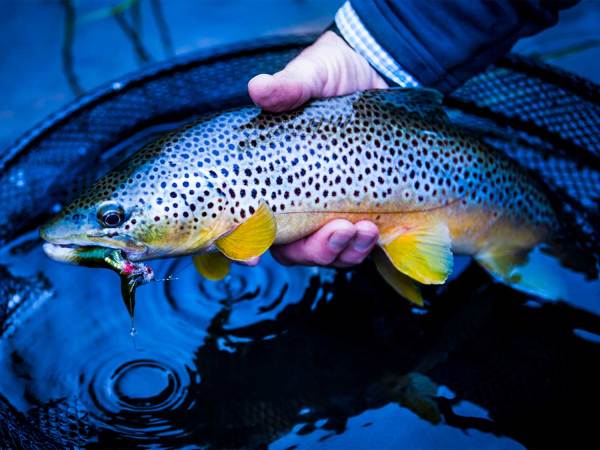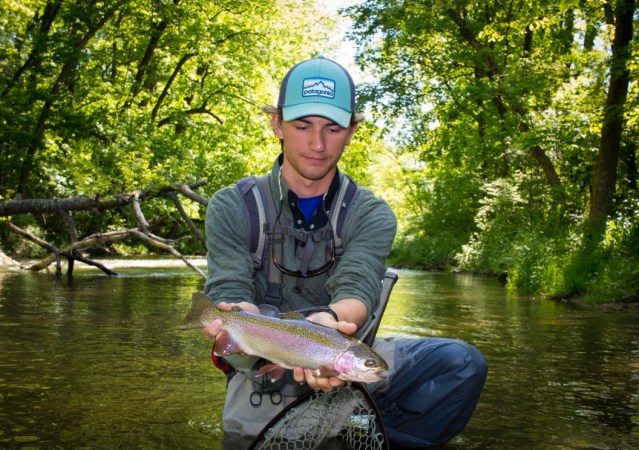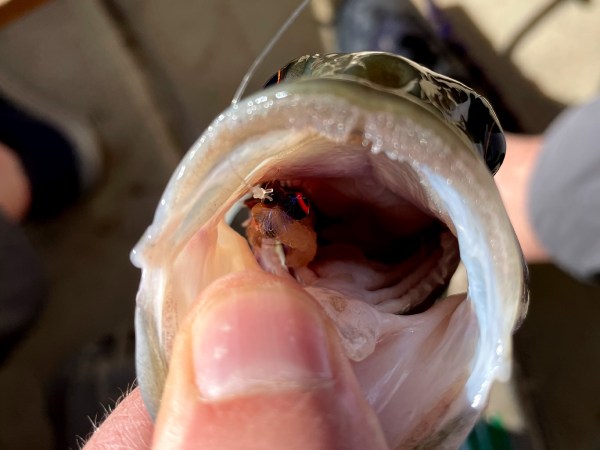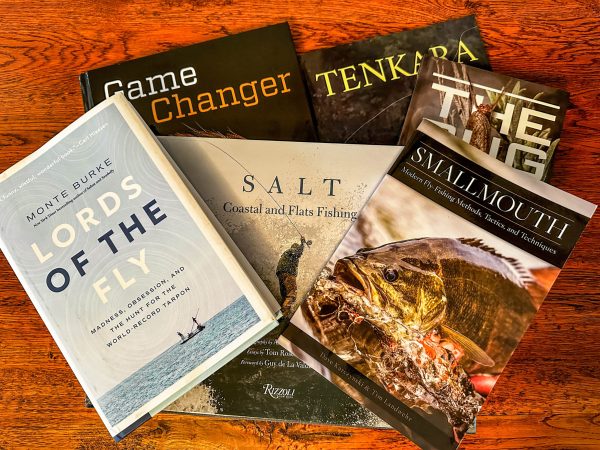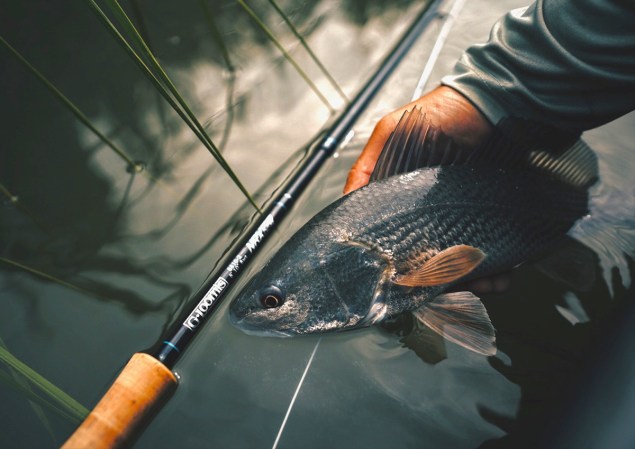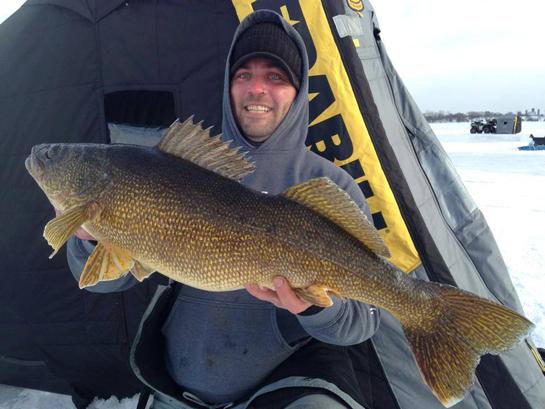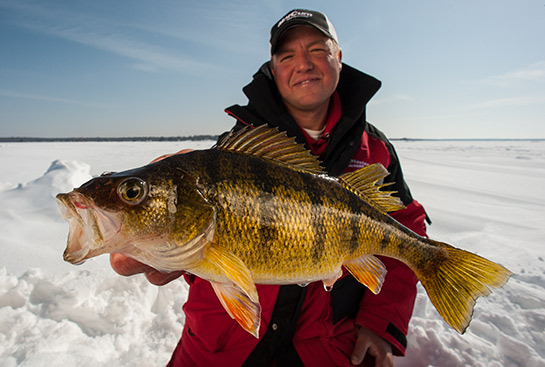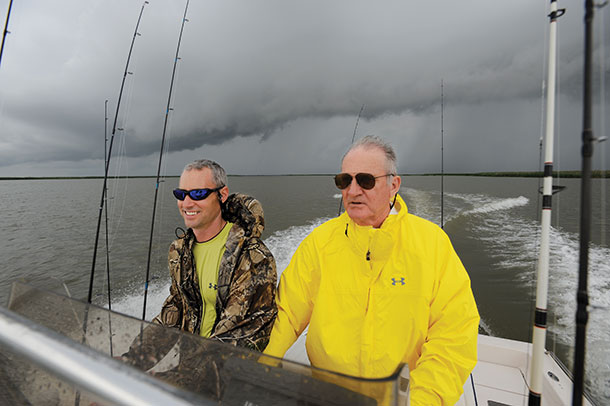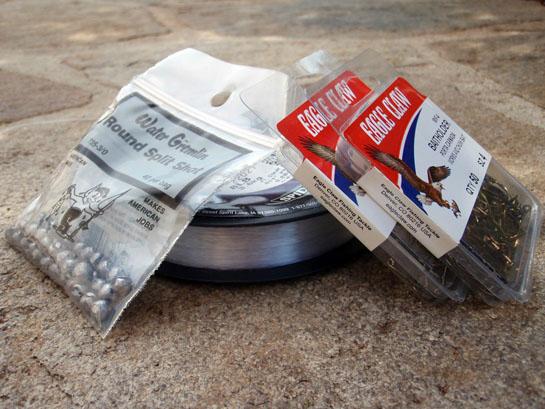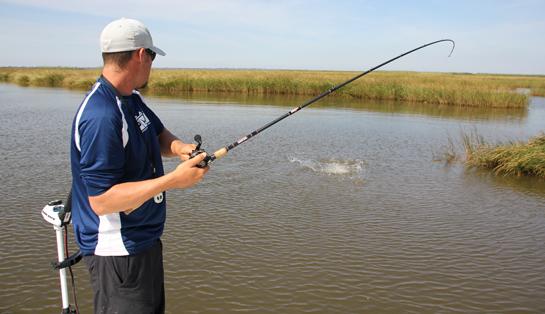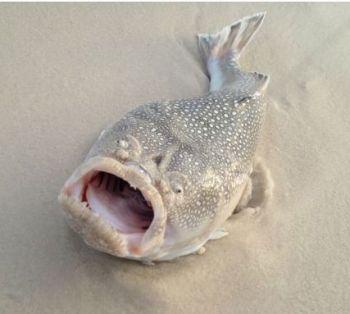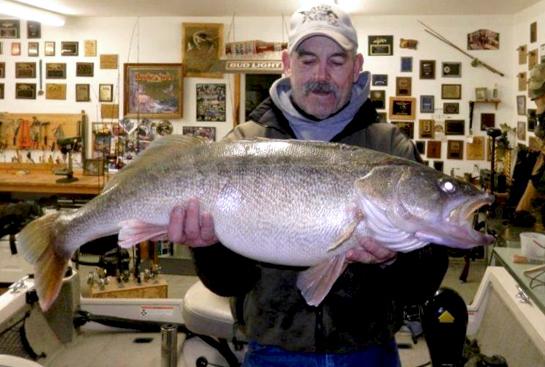Photo by Everett Meissner
Here, I’ve got something to show you,” says Shawn Brillon. “Wait until you see the most recent submission.”
“Is it a Woolly Bugger?” I joke.
“Good guess,” he replies, holding up a ziplock bag containing what looks to be several tiny, beadhead versions of the venerable pattern invented by Pennsylvanian Russell Blessing in 1967. “Poor guy thinks he’s invented a new killer fly, too.”
According to Brillon (rhymes with million), the man who chooses which new fly patterns will make it into the Orvis collection, 90 percent of the submissions that litter his desk at Orvis’ headquarters in Sunderland, Vermont, are little more than slight variations of existing patterns–a tweak here, a new material there. Of course, this is understandable, as there are only so many ways to attach fur, feathers, and other materials to a hook, and folks have been creating flies for hundreds of years. Chances are, your great idea has probably already been done.
If that’s the case, then what does it take for a pattern to make it from a tyer’s vise to the pages of the Orvis catalog? It turns out that Brillon takes into account much more than the actual fly before him.
The initial evaluation of a new submission involves four criteria:
Market Need
Does Orvis need this pattern to remain relevant in the current marketplace? A fly collection cannot survive if it contains only established patterns that everyone has seen before. If certain styles of flies or materials (say, foam terrestrials or jointed streamers) are creating a buzz among flyfishermen, they need to be represented.
Following
Does the pattern already have a dedicated following? A compelling story about a fly’s history–i.e. “Savvy Midwestern anglers discovered this pattern last year, and it’s been responsible for some of the biggest steelhead of the season!”–offers a marketing advantage.
Innovation
Is it truly something new and exciting that solves a problem? This is the real deal-breaker for most submissions. A new fly must be the product of both the tyer’s creativity and his flyfishing knowledge. Anglers need to recognize not only how a new fly is different, but why the tyer made the choices he or she did and how that will lead to more fish coming to the net.
Sales Potential
This one is obvious. Flies that don’t sell are dropped pretty quickly to make room for something else. Therefore, Brillon is also careful to consider the person behind the pattern. A popular guide with a dedicated following, for example, has a distinct advantage over the average guy slaving over a vise in his basement. Aside from simple name recognition, popular guides also bring to the table some powerful marketing tools.
“Most good guides have a strong social-media presence, which allows them to get the word out on new fly patterns very quickly,” Brillon says. “Whereas it used to take a couple of seasons for anglers to hear about a hot pattern, now it can happen in just a few weeks.”
It’s also helpful if the tyer is publishing articles in magazines, appearing at trade shows, and doing everything possible to increase his name recognition.
The final part of the equation is one you might not have considered: the personality of the tyer. Brillon is an extremely busy guy, and he has little time for high-maintenance business relationships.
“A tyer has to understand that his or her pattern isn’t any more important than other patterns. Many people come into the deal believing that Orvis will make them rich and that their pattern will get all the attention. What this boils down to is how easy the person is to work with.”
As you can see, this is a fairly complicated process. You don’t just whip something up, mail it in, and then sit at home collecting your royalty checks. A successful contract fly tyer is an innovator, a self-promoter, and a team player. If you have a pattern that you think is a winner, be ready to perform all these roles.
And that’s why the fly patterns that end up in the Orvis catalog–or in the collections of Umpqua, Rainy’s, or other companies–generally aren’t the ones created by your buddy down the street or even your favorite fly-shop employee. But Brillon always holds out hope that when he goes to his mailbox there will be an envelope from someone he’s never heard of that contains the next Copper John or Purple Haze. Could that package be from you?
Best Sellers
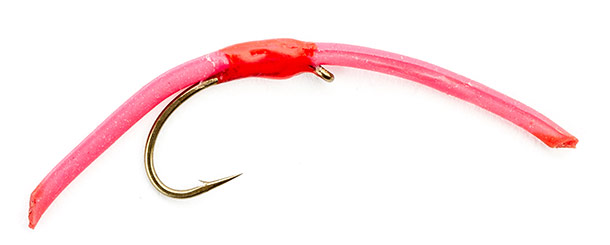
Fly Photos by Luke Nilsson
The Shaky Worm pattern, created by John Bowen, takes the San Juan Worm concept closer to the rubber worms that bass fishermen have been using successfully for decades. Non-traditional, but the trout sure love it.
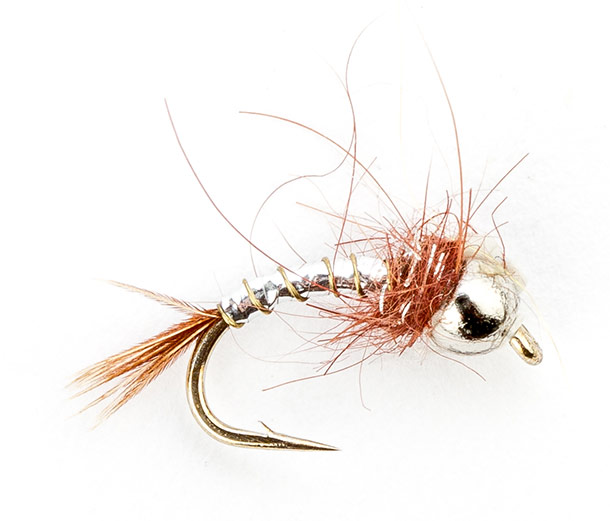
The Lightning Bug was created by Chris Strainer, who owns CrossCurrents Fly Shop on the banks of Montana’s Missouri River. Whereas many nymphs feature muted colors, this one flashes to draw attention. A top prospecting pattern for years.
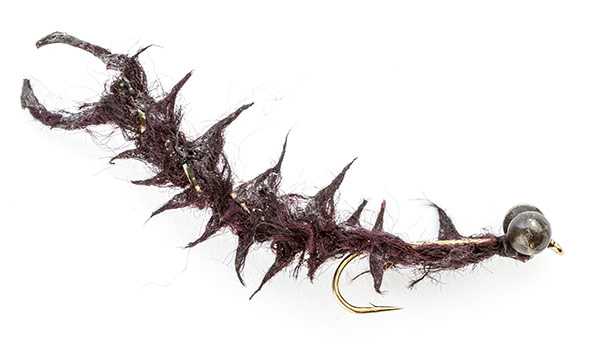
Bowen’s EZ Mite is downright hideous. But so are real hellgrammites. It may look like something that your dog coughed up, but it catches big trout and smallmouths because it sinks fast and mimics the real deal.

